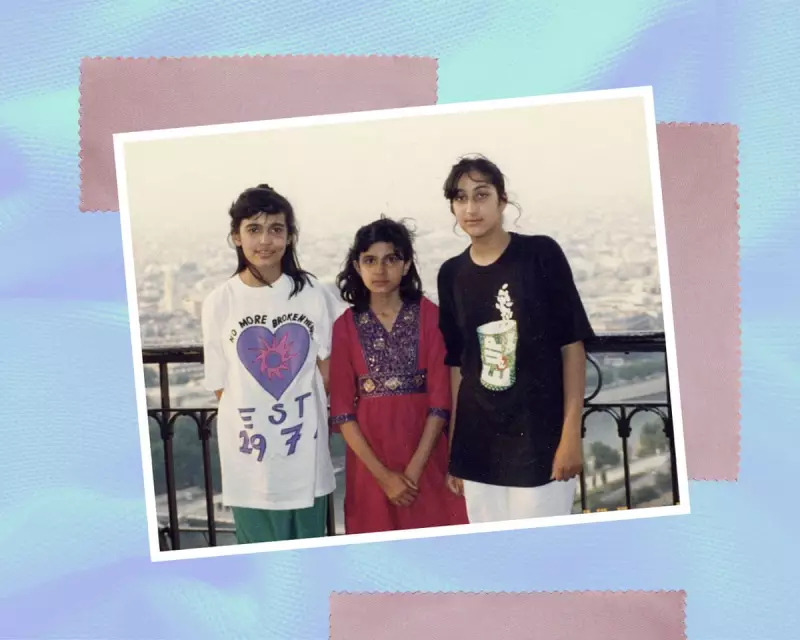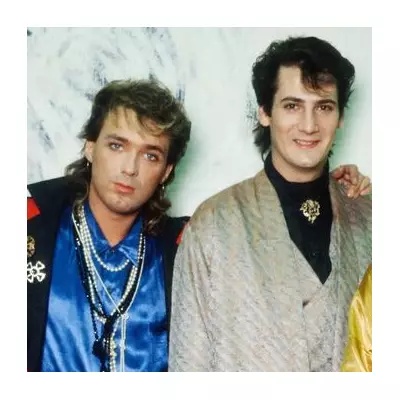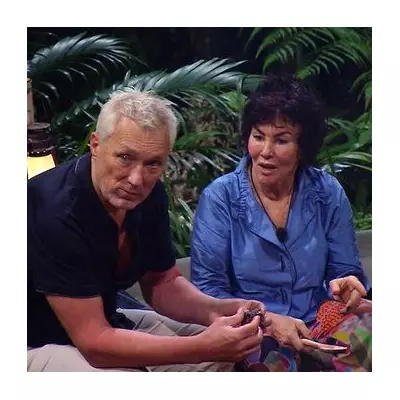
In the tapestry of childhood memories, a favourite outfit often holds a special, vibrant thread. For one woman, that thread was woven with a startling contradiction: the innocent facade of a young Muslim girl juxtaposed with a walking advertisement for the party drug Ecstasy.
The Unlikely Garment
The centrepiece of this sartorial memory was a simple, branded T-shirt. Its bold, unmistakable logo was synonymous with the hedonistic rave culture of the 1990s, a world of nightclubs and illicit substances far removed from the experience of a sheltered child. Yet, this was her most cherished item of clothing.
A Clash of Identities
The image she presented was a study in contrasts. To the outside world, she was the picture of youthful innocence, adhering to the expectations of her family and faith. Yet, emblazoned across her chest was a symbol of a completely countercultural movement. She was, quite literally, a walking endorsement for a lifestyle she was too young to even comprehend, creating a unique and confusing personal paradox.
Innocence Versus Perception
The true meaning of the shirt's branding sailed blissfully over her young head. For her, it was merely a piece of colourful cloth, a favourite comfortable tee. The social weight of its message, the raised eyebrows it might have drawn from aware adults, was entirely lost on her. This innocence protected her from the garment's loaded significance, allowing her to wear it with pure, unadulterated joy.
A Reflection on Memory and Meaning
Looking back, the memory is tinged with a wry humour and a deeper understanding. The outfit now serves as a powerful metaphor for the complexities of growing up, where personal identity is often caught between internal self-perception and external symbolism. It represents a fleeting moment in time before awareness dawns, when a child's world is simple, even if their clothing is not.





